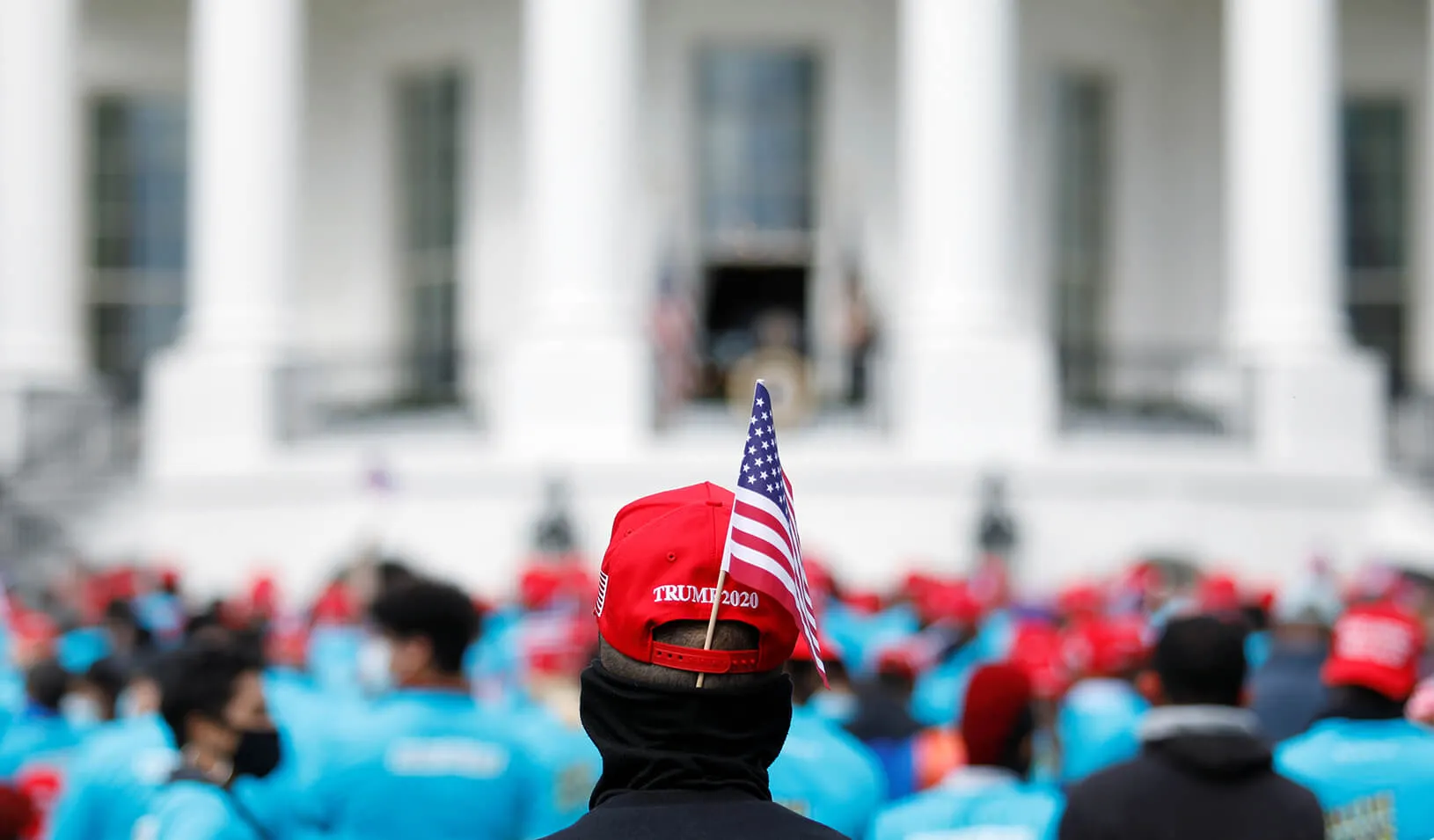The Secrets of Political Persuasion
Stanford researchers study the various tactics that politicians use to get voters on their side, from “moral reframing” to two-faced deception.
October 21, 2020

When it comes to shaping public opinion, sometimes preaching to the choir can be more effective than arguing with the opposition. | REUTERS/Tom Brenner
Stanford GSB professors have performed many studies in recent years on the various techniques that politicians and others use to influence public opinion. We dipped into the Stanford Business Insights archives for four pieces of research that seem particularly relevant during the current, charged election season.
You Might Be Trying to Get the Wrong People to Vote Your Way — or Wear Masks
If you want to be efficient when it comes to influencing others, focus on those who are already (sort of) on your side. “Targeting voters who are already leaning your way but might need a nudge — for example, to actually vote — could be a good way to go,” says Stanford GSB marketing professor Zakary Tormala. “Targeting people leaning the other way may end up being a worse use of resources.”
How Politicians Tailor Their Messages to Appeal to Constituents
If you’ve ever thought politicians have a special talent for telling you what you want to hear, you might be more right than you know. A 2015 study found that politicians often convince voters that they are on the same side of an issue, even if the reality might be quite the opposite.
The Power of Dressing Progressive Economic Policies in Conservative Clothes
When political candidates talk about progressive economic policies in language consistent with traditionally conservative values — such as patriotism, the American dream, family and respect for tradition — they gain support among moderates and conservatives.
Political Machinations: How Candidates Cater to — and Shape — Public Opinion
Four political scientists peel back campaign chicanery and party posturing to show how politicians win elections by crafting their messages, performing acrobatic acts of pandering, and actually changing constituents’ opinions.
For media inquiries, visit the Newsroom.
Explore More

Why Republican Politicians Pay More Than Democrats for TV Ads

Sick of Presidential Campaign Ads? Blame the Electoral College



